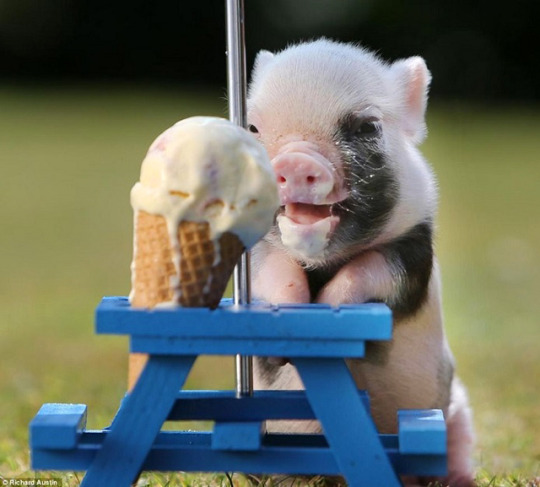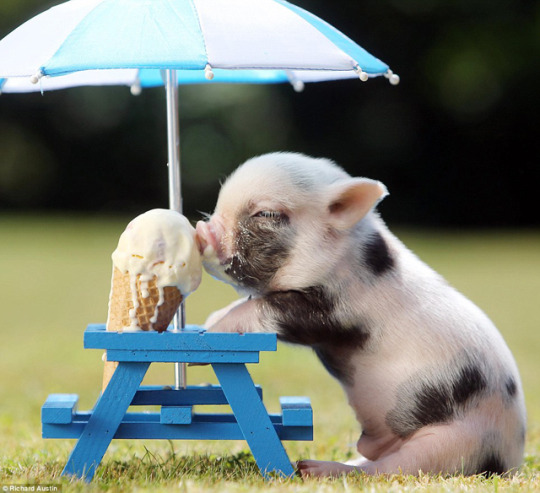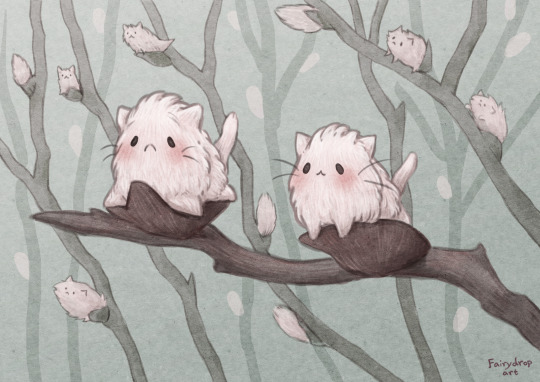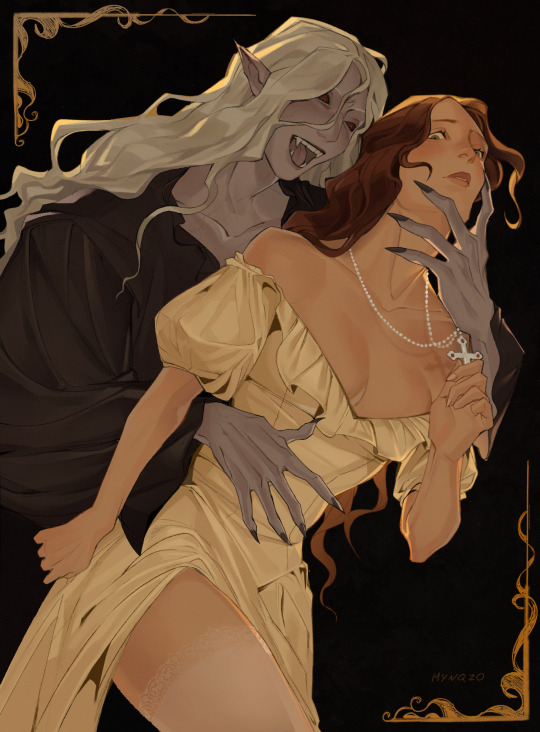people scare me. - 22 in human years - dm n talk to the norwegian dog :>
Don't wanna be here? Send us removal request.
Text

Ah!! I am,in . Quite the predicament ..
oohhhh deeaaarrrr,....
213 notes
·
View notes
Note
Maybe if people updated more we wouldn't turn to ai
You’re a pathetic, impatient loser. Fanfic writers owe you nothing, and their writing is their own, not yours to do with as you choose, you entitled brat.
3K notes
·
View notes
Text
Heya! I'm a 24 year old jobless trans girl, and I'm currently struggling because the government has screwed me. They're charging me over $400 because THEY messed up and "accidentally gave me too much" for my food benefits, so I owe that money back now according to them.
Any amount is appreciated! Even just reblogging helps.
y'all have been so helpful in the past, and I can't thank y'all enough
$380/600
588 notes
·
View notes
Text
Yellowjacket-Mimicking Moth: this is just a harmless moth that mimics the appearance and behavior of a yellowjacket/wasp; its disguise is so convincing that it can even fool actual wasps

This species of moth (Myrmecopsis polistes) is one of the most impressive wasp-mimics in the world. The moth's narrow waist, teardrop-shaped abdomen, black-and-yellow patterning, transparent wings, smooth appearance, and folded wing position all mimic the features of a wasp. Unlike an actual wasp, however, it does not have any mandibles or biting/chewing mouthparts, because it's equipped with a proboscis instead, and it has noticeably "feathery" antennae.
There are many moths that use hymenopteran mimicry (the mimicry of bees, wasps, yellowjackets, hornets, and/or bumblebees, in particular) as a way to deter predators, and those mimics are often incredibly convincing. Myrmecopsis polistes is one of the best examples, but there are several other moths that have also mastered this form of mimicry.

Above: Pseudosphex laticincta, another moth species that mimics a yellowjacket
These disguises often involve more than just a physical resemblance; in many cases, the moths also engage in behavioral and/or acoustic mimicry, meaning that they can mimic the sounds and behaviors of their hymenopteran models. In some cases, the resemblance is so convincing that it even fools actual wasps/yellowjackets.

Above: Pseudosphex laticincta
Such a detailed and intricate disguise is unusual even among mimics. Researchers believe that it developed partly as a way for the moth to trick actual wasps into treating it like one of their own. Wasps frequently prey upon moths, but they are innately non-aggressive toward their own fellow nest-mates, which are identified by sight -- so if the moth can convincingly impersonate one of those nest-mates, then it can avoid being eaten by wasps.

Above: Pseudosphex laticincta
I gave an overview of the moths that mimic bees, wasps, yellowjackets, hornets, and bumblebees in one of my previous posts, but I felt that these two species (Myrmecopsis polistes and Pseudosphex laticincta) deserved to have their own dedicated post, because these are two of the most convincing mimics I have ever seen.

Above: Pseudosphex sp.
I think that moths in general are probably the most talented mimics in the natural world. They have so many intricate, unique disguises, and they often combine visual, behavioral, and acoustic forms of mimicry in order to produce an uncanny resemblance. Moths are just so much more interesting than people generally realize.
Sources & More Info:
Journal of Ecology and Evolution: A Hypothesis to Explain Accuracy of Wasp Resemblances
Entomology Today: In Enemy Garb: A New Explanation for Wasp Mimicry
iNaturalist: Myrmecopsis polistes and Pseudosphex laticincta
Transactions of the Entomological Society of London: A Few Observations on Mimicry
13K notes
·
View notes
Text
Sweets and treats are all the nutrients a princess needs
65K notes
·
View notes












